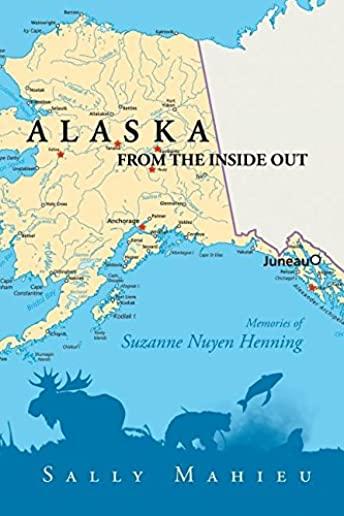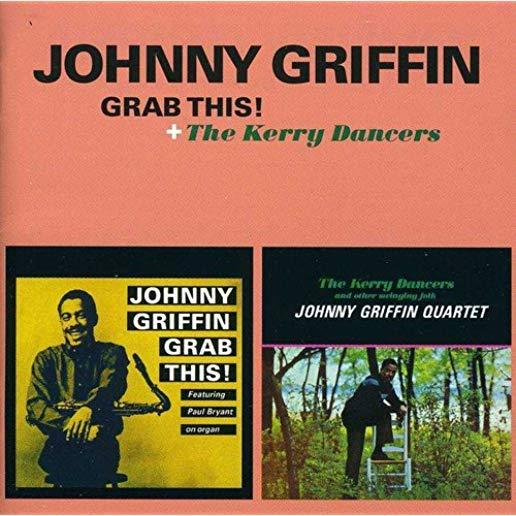
From a small town in West Michigan to the wild bush country of Alaska is a long way, but thats where Suzanne Henning ended up. Armed with only a teaching degree from Western Michigan University, she set off with her new husband for Alaska. Starting in Sitka, where there were no teaching jobs available, she took whatever work she could find from hotel maid at the Sitka Hotel to a secretarial job at Sheldon Jackson College. She helped her husband, a surveyor for the Alaska Aviation Division, make ends meet.
When she finally landed a teaching position in Savoonga on St. Lawrence Island in the Bering Strait, life began to change. She was teaching a first-grade class of Siberian Yupik children. The problem: the kids didnt speak English, and Henning didnt speak Siberian Yupik. She taught their lessons with the help of two bilingual aides, Apiyeka and Sunqaanga.
Both teacher and class reaped benefits from this teaching method and learned a lot from each other.
This began a twenty-three-year odyssey of teaching in the Alaskan bush, and along the way, she picked up many skills that would help her deal with a new way of life: baking her own bread in an oil stove; how to cook walrus liver, seal meat, and other tasty Eskimo treats; the ins and outs of riding a three-wheeler (more difficult than it looks); having only one community phone to the outside and being at the mercy of the phone operator of the day.
Henning loved her students, and they returned that love. She became a well-respected Alaskan educator, earning not only the famous Milken Award but also the prestigious Presidential Award for Excellence in Science and Mathematics Teaching.







